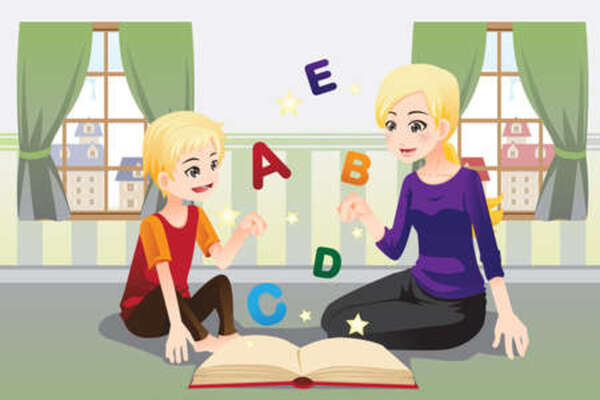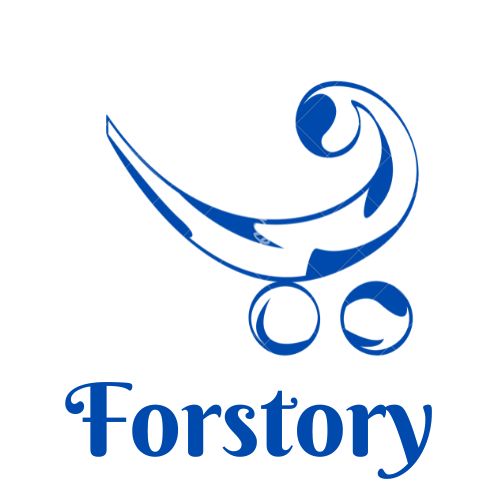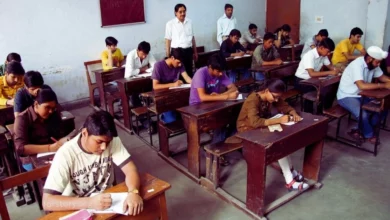12 Ideas For Learning Through Games

12 ideas For Learning Through Games
Want to use the game as a learning tool in your classroom or at home? Scientific and psychological analyzes have shown that play offers excellent opportunities to develop children’s skills and knowledge. Used well, the game can become an endless source of learning.
Pedagogical and Educational Objectives
To succeed in an educational activity through play, bet on consistency. It is recommended to set up frequent sessions, creating automatisms.
It is often in small groups that children take ownership of this new way of learning. Over time, each group becomes more autonomous. But you can also directly set up a play area in your classroom.
Good Reasons To Learn Through Play
While playing, children’s brains are opened up to learning. The child develops self-confidence, concentrates, finds solutions, and responds to rules. He learns from his mistakes and takes pleasure in evolving at his own pace. So the game is not a waste of time. The method makes it possible to obtain a delightful working climate in the classroom.
Cooperative games teach children to play in groups and listen to each other. They put cohesion at the center of attention to promote positive interactions. They encourage dialogue to confront ideas and take the time to understand the opinions of others. These games show the interest of the group but also that it is not necessarily necessary to have winners and losers.
12 GAME IDEAS TO LEARN
Do you want to set up activities to allow children to learn through play? Discover our ideas for fun learning.
1 | Vocabulary Games
Unanimous (For oral use for non-readers, then from CE1 to CM2): Each person writes down eight words from a card containing a detailed illustration. The objective is to find a maximum of identical words compared to his comrades. This game activates basic vocabulary, written production, and living together. He makes referential labeling work to establish relationships by category on a specific lexical field. Match suitable from 3 players.
Manitu (from CP by removing complex sounds at the start): each in turn, on the principle of Uno, it is possible to place on the “Si” card, the “Mi,” “Fi,” “Ri” card, but also “Sa,” “So” or “Su.” Children are encouraged to oral each card. They must call “Manitu” if they have a single card left. Otherwise, they draw two cards. The game is perfect for school or home pages, our close reading of syllables, and automation. For 2 to 6 players.
Djam (CP to CM2): The choice of theme is defined with a card and a dice. Another roll of the dice determines the first letter of the words to be found.
2 | Oral Language Games
Once upon a time (CP to CM2): get rid of your illustrated cards, putting them down one by one, each, in turn, to continue the story. The beautiful illustrations encourage imagination and develop an oral expression for 3 to 5 players.
Dixit (CE1 to CM2): the storyteller chooses a card and shares a sentence or an expression related to it. Each player decides among their cards the one closest to the description. The storyteller shuffles the cards and makes them visible. Each player votes in secret to find the storyteller’s card—number of players: the perfect game for six people.
3 | Strategy Game
The labyrinth of the Minotaur (CE1 to CM2):
- A strategy game.
- Allowing you to move or block your opponents.
- Depending on the chance of the dice and the tiles.
A game with many twists and turns, including the Minotaur to face in a duel. For 3 to 10 players.
4 | Memorization / Concentration Games
Cache tomate (MS to CM2): the game consists in helping the farmer to find his goods, classified by categories. For each type, a card is hidden. A new object is hidden if a child sees the card in question. The game develops speed, concentration, memorization, and visual acuity. It also makes generic terms work in a series of objects. For 2 to 8 players.
5 | Cooperation Games
Equilibr’île (MS to CE2): children must balance the treasures by weighing them on a scale. They also memorize the weight of the prizes. The skills studied are multiple: comparison, manipulation, memorization, cooperation, and the notion of balance. The older ones will be able to work on the masses. For 2 to 5 players.
Hanabi (CM1 and CM2): create the most beautiful fireworks display with numbered cards in 4 different colors. The cards are placed in front of you, in ascending order, for each color. But the players do not see their cards. The game progresses by giving clues to others. Enough to develop confidence and memorization. For 2 to 5 players.
6 | Representation Game In Space
La Boca (CM1 and CM2): semi-cooperative game reconstituting a 3D structure, faster than the other team.
7 | Math Games
Monza (GS, CP, and CLIS): first, move your car to the finish line, according to the colors of the dice. Notions: location in the plan, observation, strategy.




